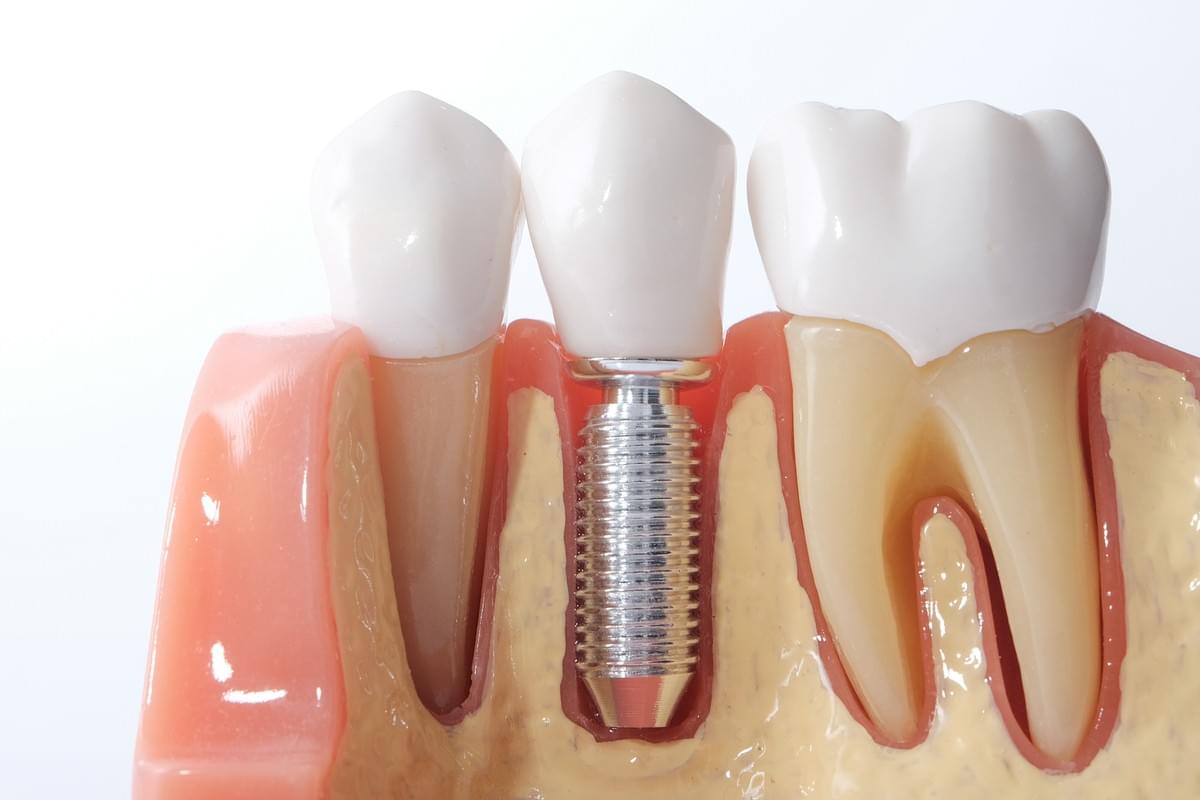
Dental Implants ExplainedIf you are missing one or more teeth, you may be a good candidate for dental implants. This procedure is very practical for patients who have lost or are considering losing a tooth. It is also an ideal solution for patients who are not able to wear removable dentures. A dental specialist will examine your jawbone and determine if it can support the implants. They will also take into account the number of teeth you are missing and how many implants you need. Computer-assisted planning and three-dimensional imaging may help your specialist determine the right treatment for your needs.Implants also prevent bone loss in the jaw, which can cause loss of other teeth and a "sunken" look to your face.
Dental implants are designed to integrate with the bone, providing the necessary stimulation to keep your jawbone healthy. In addition to improving your appearance, dental implants can improve your overall health and confidence. The procedure is much easier than removing a tooth, and the procedure is usually carried out under local anaesthetic. Patients may feel some discomfort during the procedure, but overall, they will not experience any pain.A dental implant consists of a small post, usually made of titanium, that acts as a tooth root replacement. This post is then attached to the replacement tooth, called a crown. The crown is custom-made to match the patient's natural teeth. Find out more about this procedure at https://www.edatampa.com/services/dental-crowns.
The process is often done within a single appointment. Dental implants can replace one tooth or several, or the entire upper or lower jaw. It is an excellent solution for many tooth loss patients.After the dental implant procedure, the patient will wear temporary dentures until the healing process is complete. A temporary denture is provided to ensure appearance while the healing process takes place. However, the final success of dental implants is dependent on the patient's ability to heal. It can take two to six months for the implant to integrate properly with the jawbone. After that, patients can then return to their normal routine. The time frame for the healing process will depend on the quality of the bone that was implanted. The implant material is usually made of titanium. The type of surface it has affects the stability and long-term integration of the treatment. A porous titanium surface is more likely to promote more bone contact than a machined or microgrooved titanium surface. Some dental implant materials may be made from Zirconia, a nonmetal material that has properties similar to natural gums. Some implants feature a hexagonal external hex connector.Read more about dental implants here.
In addition to regular cleanings, people with dental implants need to have checkups monthly to ensure the longevity of the restorations. Hygienists can use specialized tools to clean the area around the implants, removing plaque and calculus buildup. Implant dentists will check the restoration on a monthly basis and may need to remove it for cleanings if necessary. This way, patients can prevent bacterial infections that could affect the restorations.Add on to your knowledge about this topic, by visiting this link: https://www.dictionary.com/browse/dentist.